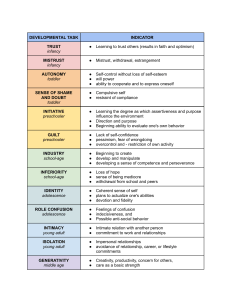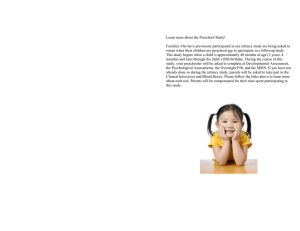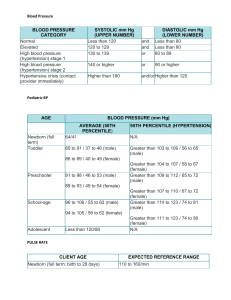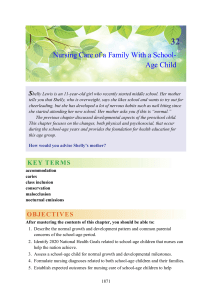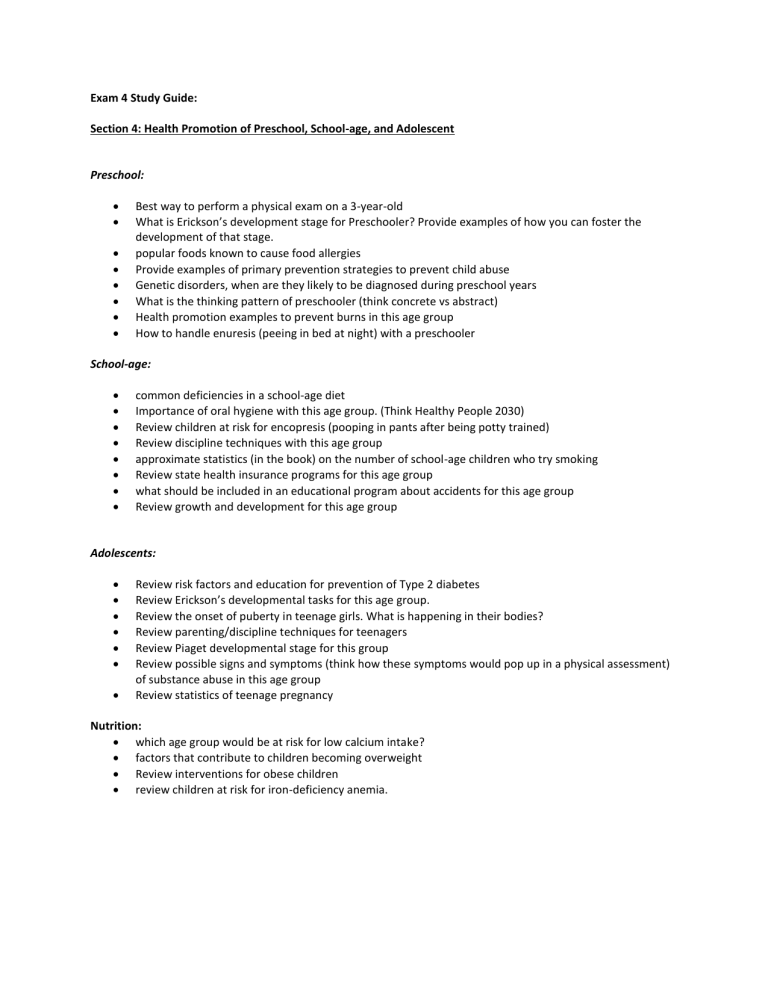
Exam 4 Study Guide: Section 4: Health Promotion of Preschool, School-age, and Adolescent Preschool: Best way to perform a physical exam on a 3-year-old What is Erickson’s development stage for Preschooler? Provide examples of how you can foster the development of that stage. popular foods known to cause food allergies Provide examples of primary prevention strategies to prevent child abuse Genetic disorders, when are they likely to be diagnosed during preschool years What is the thinking pattern of preschooler (think concrete vs abstract) Health promotion examples to prevent burns in this age group How to handle enuresis (peeing in bed at night) with a preschooler School-age: common deficiencies in a school-age diet Importance of oral hygiene with this age group. (Think Healthy People 2030) Review children at risk for encopresis (pooping in pants after being potty trained) Review discipline techniques with this age group approximate statistics (in the book) on the number of school-age children who try smoking Review state health insurance programs for this age group what should be included in an educational program about accidents for this age group Review growth and development for this age group Adolescents: Review risk factors and education for prevention of Type 2 diabetes Review Erickson’s developmental tasks for this age group. Review the onset of puberty in teenage girls. What is happening in their bodies? Review parenting/discipline techniques for teenagers Review Piaget developmental stage for this group Review possible signs and symptoms (think how these symptoms would pop up in a physical assessment) of substance abuse in this age group Review statistics of teenage pregnancy Nutrition: which age group would be at risk for low calcium intake? factors that contribute to children becoming overweight Review interventions for obese children review children at risk for iron-deficiency anemia.
